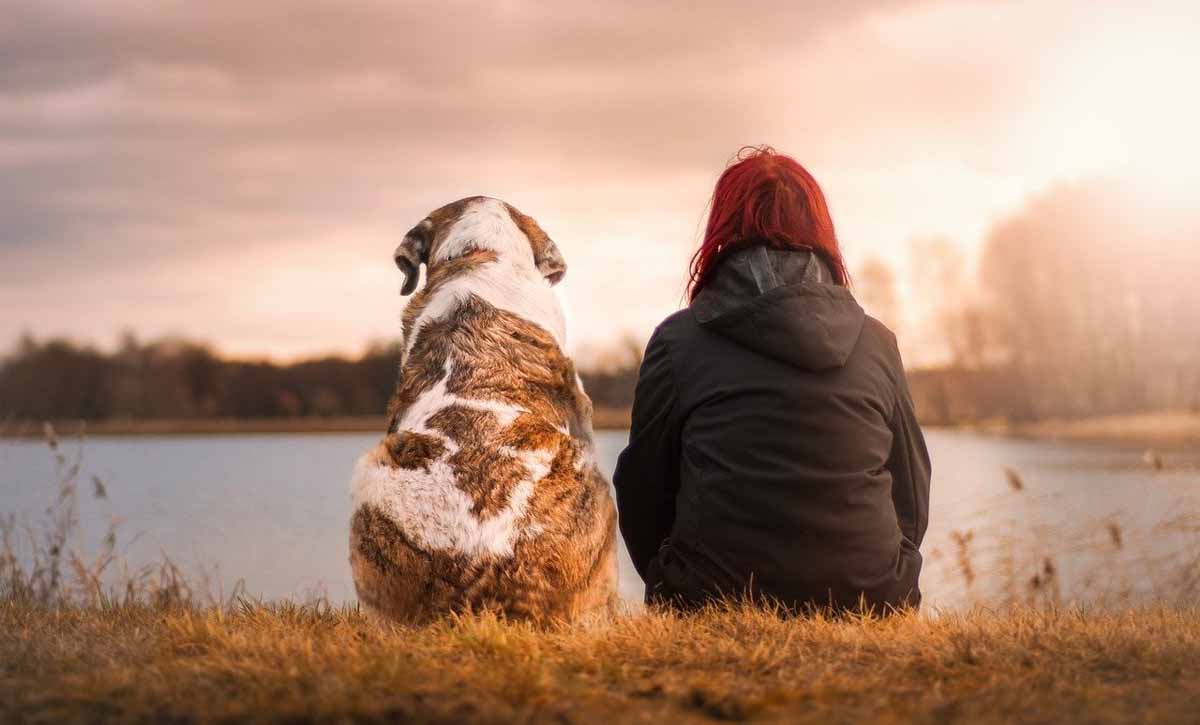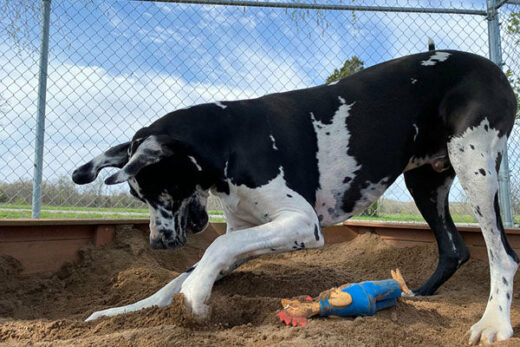
Many people cannot imagine life without a dog companion nearby. According to the history of dogs, before people kept livestock or chickens for food, they had domesticated dogs for protection, companionship, and help in hunting. Over the years, dogs have been an integral part of our family life and have long been known as ‘man’s best friend.’
Today, about a third of people worldwide have dogs as pets, making them the most common animal companions. We take them on hikes, on vacation, snuggle with them on the couch while watching TV, and give them love and affection at every turn. In return, our dogs offer us their loyalty, companionship, and a good excuse to get outside for a walk every day.
So, when were dogs domesticated?
Experts agree that dogs are descended from ancient wild wolves, but there are numerous theories regarding where, when, and why this occurred. The prevailing research shows that anywhere between 15,000 and 40,000 years ago, humans interacted with wild wolves. Either through humans’ direct effort to domesticate the wolf or the wolf choosing to domesticate itself by lingering near the humans for food or protection, the wild animals slowly became tame companions.
There have been DNA studies of ancient dogs showing that dogs were domesticated twice, once in eastern Eurasia and once in western Eurasia. They were then brought together through the migration of people. The constant mixing of dog and wolf DNA over thousands of years has made it very difficult to be more precise about the dog’s origins and evolution.
How long have dogs been domesticated?
While we might think our close relationship with our dogs is relatively new in our modern times, there are many examples of ancient cultures showing their love for their canine companions. The bond between human and animal is clear in the many discoveries of early humans having been buried alongside their dogs.




